This innocent looking little SUV is an important car.
As of the publish date of this review, the updated ZS EV was the most affordable mainstream electric vehicle in Australia, and so for many, it will be their introduction to electric motoring.
This most affordable title was also held by its predecessor, the original ZS EV, but this car was alone in the affordable EV space. Since then, things have changed. The new ZS EV will have to compete with the BYD Atto 3, as well as incoming affordable EV options in the near future from rivals like GWM and even Volkswagen.
So it has to be more than just Australia’s most affordable electric car. It also has to be a good car to keep its newfound rivals at bay. Does it have what it takes? Read on to find out.
MG ZS EV 2023: Excite
| Engine Type | 0.0L |
|---|---|
| Fuel Type | Electric |
| Fuel Efficiency | 0.0L/100km (combined) |
| Seating | 5 |
| Price From | $30,800 - $37,070 |
| Safety Rating |
|
Price and features - Does it represent good value for the price? What features does it come with?
$44,990. At the time of writing, that was the drive-away price of the entry-level MG ZS EV Excite grade.
While the BYD Atto 3 small SUV wears a price-tag starting from $44,381, this is a before on-roads figure, and so the MG ZS EV nudges ahead, if only by a little.
MG actually changed the price the day the ZS EV launched, snatching back the title from BYD, and while the brand denied this was in reaction to the arrival of its new nemesis, it did grab headlines.
Value wise things aren’t bad, but as with any electric car you need to consider the available driving range before you look at features. To that end, the MG ZS EV can travel a claimed 320km between charges, while the Atto 3’s base version can travel 345km, so the two are still closely matched despite a slight price discrepancy.
Standard equipment is great in the ZS, with MG leaning into its current value-focused brand pillar. Even the base Excite scores 17-inch alloy wheels, a new 10.2-inch multimedia touchscreen with Apple CarPlay and Android Auto connectivity, a 360-degree parking camera suite, a 7.0-inch digital dash cluster, built-in sat-nav, LED headlights and tail lights, as well as keyless entry and push-start ignition.
The base car scores cloth seat trim with manually adjustable seats, while the top-spec Essence, at some $4000 more gets synthetic leather seat trim, heated front seats, and power adjust for the driver.
The Essence grade also scores a panoramic sunroof, rain-sensing wipers, roof rails, a wireless phone charger, and some additional safety equipment we’ll look at later in this review.
Interestingly, the ZS EV also offers V2L (vehicle-to-load) for the first time, allowing it to power household devices from its external charging port. An intriguing value-add.
EV Specs for MG ZS EV 2023
| Drivetrain | Fully electric |
|---|---|
| Battery capacity | 50.3kWh |
| Battery type | Lithium-ion |
| Range | 320km (claimed) |
| Plug type | Type 2 CCS |
| DC charge rate | 80kW |
| AC charge rate | 11kW |
| Motor output | 130kW/280Nm |
| Efficiency | 17.1kWh/100km |
Design - Is there anything interesting about its design?
In the past it was easy to accuse MG of having derivative designs, following in the footsteps of brands like Mazda with its big glitzy grilles, and taking a mish-mash of transparent inspiration from other brands when it came to its interior design.
Since the launch of the ZST combustion car though, the brand has broken off and found its own way in the design world, and the new ZS EV certainly moves in this direction.
.jpg)
The EV version sets itself apart instantly with its blanked out grille and nice-looking aerodynamic alloy wheels, as well as its fetching choices of colour from the outside.
Elsewhere the ZS EV has been brought up to date with the design highlights of the ZST, with more refined LED light signatures, and improved bodywork throughout.
.jpg)
I think many will be sold on how familiar the ZS EV is compared to some of its rivals, and this is particularly true on the inside, where the car stays the course with a simple but attractive design.
Highlights include the sporty-looking wheel, big screens, and dial-shifter in place of the ZST’s gear knob, and while some of the appeal is skin deep it’s far less divisive than the wild design choices of the BYD Atto 3 which could only serve to polarise buyers.
.jpg)
The ZS EV’s interior feels better than ever, with extended soft trims and an all-new software suite which is finally almost where it needs to be in terms of aesthetics and functionality, but there are still hard trims in the doors and lower dash area to remind you this is still an affordable SUV. The same could be said for the fairly obviously synthetic leather trim adorning the seats.
These drawbacks are fairly obvious ones at this price though, and absolutely not dealbreakers, so I think many will be impressed with what they see and feel when it comes to the ZS EV’s much-improved design elements.
Practicality - How practical is the space inside?
The new ZS EV has migrated onto the updated ZS platform which the ZST combustion car sits on. This means slightly expanded interior dimensions, as well as the aforementioned improvements to this car’s interior design.
I can find a reasonably comfortable driving position at my 182cm height, although like other ZS models, the seat base for the driver feels a bit too high, and there’s no telescopic adjust for the steering wheel. The improved soft trims include a patch for my left knee which is a nice touch, and visibility proved to be excellent out of the ZS EV’s big windows and generous wing-mirrors.
.jpg)
In terms of storage there is a bottle holder and pocket in the doors, a further two of varying depth in the centre console, a small armrest storage box, and a little bay under the multimedia screen which serves as a storage area on the base Excite, but doubles as the wireless charger on the top-spec Essence. There are a choice of USB C and USB 2.0 connections, as well as a 12v outlet, for a nice variety of charging options.
The multimedia screen is improved out of sight, and its proximity to the driver means its large touch areas are actually easy to use while you’re on the move. The new software is leaps and bounds over the awful outgoing suite, although still occasionally presents some lag when transitioning between screens.
While you do also get a few handy shortcut switches below the screen, as well as toggles for temperature and fan speed, it can be a little frustrating to have to control some of the climate functions exclusively through the screen, the menu for which has annoying small touch areas.
The rear seat is relatively impressive for a small SUV. I found I had great knee room behind my own driving position, with headroom being sufficient but not fantastic, likely due to the high seating position which continues from the front seats. The floor is flat, offering a centre passenger better legroom, although it might be a little tight for an adult width-ways.
.jpg)
Rear passengers score both a USB 2.0 and USB-C outlet on the back of the centre console, with dual adjustable air vents, too, but there’s no full-size household power outlet like the one in the current Kia Niro.
There are bottle holders in each of the doors, too, but no drop-down armrest. I was pleased to see the soft trims in the doors also continue for rear passenger’s elbows, and there are also pockets on the backs of both front seats.
Boot space comes in at 359-litres (VDA) matching the outgoing car. You’ll need to make full use of the space, but it fit the full CarsGuide luggage set with some ease, even with the luggage shelf in place.
There’s no spare wheel, so you will have to make do with an inflator kit, but there is two cutaways in the underfloor styrofoam liner for the storage of your charging cables.
Drivetrain - What are the key stats for the drivetrain?
The ZS EV has a new electric motor which has more power but less torque than the previous version. With outputs totalling 130kW/280Nm, it’s on the lower end for an electric vehicle, but proved sufficient and certainly smoother than its predecessor in my time with the car.
MG says it comes with other benefits too, like increases to efficiency and a new regenerative braking system.
.jpg)
You can pick from three drive modes, Eco, Normal, and Sport, as well as three levels of regen braking. No matter which of the two variants you choose, the ZS EV is front-wheel drive only.
Energy consumption - How much does it consume? What’s the range like, and what it’s like to recharge/refuel?
Thanks to a new battery pack measuring in at 50.3kWh, the ZS EV can travel at a claimed 320km between charges. It’s a significant improvement on the previous version’s 263km range, but as I discovered in my testing, this will depend on how and where you drive it.
In fact, during my time testing the car, it almost left me stranded, with an 89km freeway journey ending with 0km of range despite the car telling me it had 46 per cent charge and 139km range before I set off.
.jpg)
This disturbing drop in range was puzzling, with my Kia Niro long-termer being much more consistent with its range calculation. My theory is perhaps the battery got a bit hot in the last few big climbs on my trip, becoming less efficient. Once I had left the car off in the shade for a while, the computer reported more range, jumping from 0km to 12km. It still wasn’t enough to get to a charger, but lends credibility to my temperature theory.
To get myself home I actually had to use the V2L charging from my Kia Niro to top the ZS up to make it back to the nearest charger. Turns out this feature is not a gimmick at all.
.jpg)
In terms of efficiency, the ZS EV has a claimed consumption of 17.1kWh/100km, something which my test car stuck to reasonably closely despite its little freeway mishap. During my week of testing it produced an overall number of 16.8kWh/100km, in fact under the claim.
For reference it’s not as efficient as the similarly-sized Hyundai Kona Electric in which I scored an impressive 11.0kWh/100km, but far from the worst I’ve tested.
In terms of charging, the new ZS EV can juice up at a rate of 80kW on DC, allowing a five to 80 per cent charge time in just under an hour, or an impressive 11kW on a slower AC charger, allowing a charge time in the region of four hours.
Warranty & Safety Rating
Safety - What safety equipment is fitted? What safety rating?
Standard on both ZS EV variants are most of the key active safety items we like to see. Included is auto emergency braking, lane keep assist with lane departure warning, adaptive cruise control with traffic jam assist, and adaptive high beams.
A little frustratingly, only the top-spec Essence is available with the addition of blind spot monitoring and rear cross traffic alert.
The ZS EV comes with the standard array of six airbags and standard electronic brake, traction, and stability controls.
The previous ZS EV had a maximum five-star ANCAP safety rating to the 2019 standard, although this new version is yet to be rated.
Ownership - What does it cost to own? What warranty is offered?
Ownership, at least on paper, is a very positive story for the ZS EV. The brand continues to impress with a seven-year and unlimited kilometre warranty, a promise which extends not just to the car itself but also the high voltage battery components.
.jpg)
The ZS EV only needs to see a shop once every 20,000km or two years, whichever occurs first, and there’s a capped-price servicing scheme covering the first seven visits, for a whopping 14 years. Most services are fairly cheap, with only one outlier costing over $800. Over the 14 year period though, the service cost averages out to just $172.50 a year. Pretty damn good if you ask me.
Driving - What's it like to drive?
The ZS EV has improved across the board when it comes to the experience behind the wheel.
This is largely due to its tweaked platform it shares with the ZST combustion car, but also upgraded suspension and improvements to refinement throughout.
The motor is nice and smooth now, with the reduced torque but improved power making it less jerky and less prone to braking traction under heavy acceleration, a preferable experience for most city drivers. It’s quick enough, but far from what most electric vehicles are capable of.
The ride is also much better, with some of the more crashy elements of the previous car ironed out. It’s a soft ride, which helps the ZS EV hide the weight of its batteries, but it does feel a bit floaty, and can get unsettled over frequent bumps or corrugations. It’s better, but still not as good as rivals from Kia or Hyundai, for example.
The steering is smooth and reasonably organic, but like the ZST it’s not as direct as it could be, feeling a bit doughy compared to rivals.
The tall ride height and soft suspension also conspire to continue to make the ZS EV, like all ZS models, feel as though they may be prone to understeer when pushed in the corners, with this car lacking the level of security in handling we’ve come to take for granted from Japanese, European, and Korean cars.
The top regen level is strong, but not a single-pedal mode as some EV drivers have become accustomed to. At least drivers more familiar with combustion vehicles can turn it to its lowest level, and those seeking a bit more punch can get it from the Sport mode, which unlocks a little more of the motor’s potential.
All in all then, the MG ZS EV has improved across the board. It’s getting close to being competitive, but is still notably behind its main rivals from behind the wheel. While visibility and ease of use are excellent for city-slickers, this is still a car that needs some polish before we’d consider it preferable to cars like the Hyundai Kona Electric, Kia Niro, or Nissan Leaf.
Verdict
The MG ZS EV continues to play a vital role in Australia, bringing the cost-of-entry down for prospective electric car converts.
It’s still a little rough in a few areas, from the drive experience to its software and range calculation, but I think many buyers will be sold by its good looks, sufficient city range, low running costs, and particularly its value offering.
Pricing Guides

Range and Specs
| Vehicle | Specs | Price* |
|---|---|---|
| Essence | Electric, 1 SPEED AUTOMATIC | $32,670 - $38,830 |
| Excite | Electric, 1 SPEED AUTOMATIC | $30,800 - $37,070 |
| Long Range | Electric, 1 SPEED AUTOMATIC | $39,710 - $46,750 |


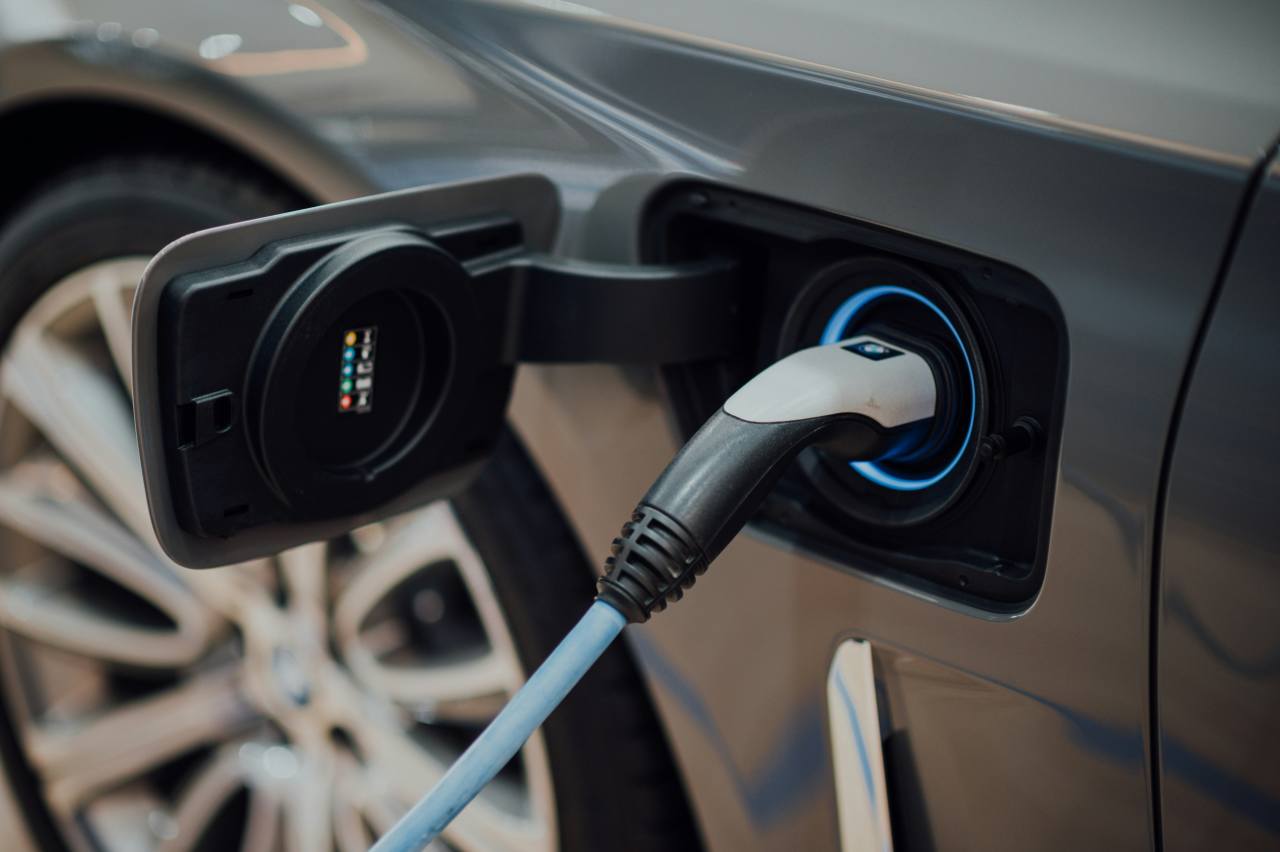

.jpg)
.jpg)
.jpg)
.jpg)
.jpg)
.jpg)
.jpg)
.jpg)
.jpg)
.jpg)
.jpg)
.jpg)
.jpg)
.jpg)
.jpg)
.jpg)
.jpg)



















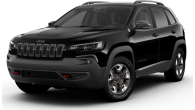
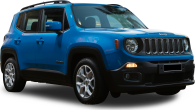




















 copy.png)

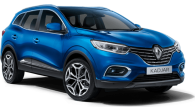














.jpg)
_0.jpg)
.jpg)
.jpg)
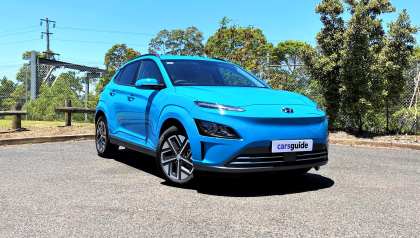


.jpg)

Comments